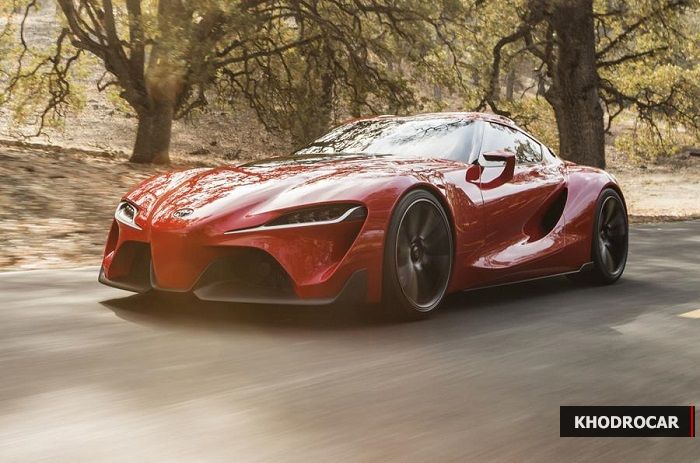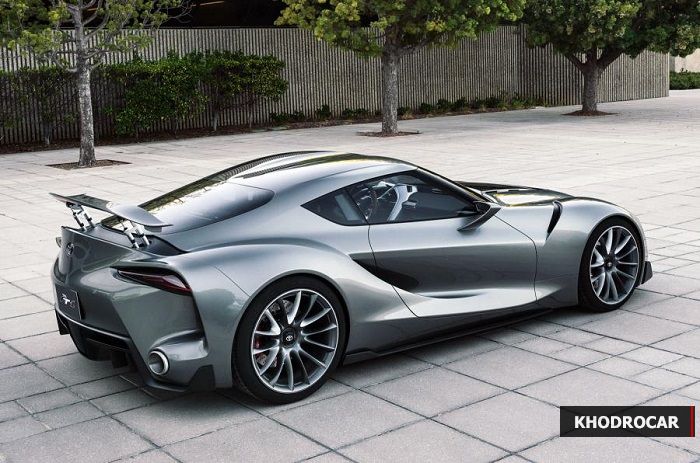Toyota and BMW’s joint sports car project is set to spawn two different-sized four-wheel-drive hybrids: A Supra successor and BMW Z5.
BMW and Toyota have been jointly working on the models since 2012, but have now begun to move development off in their own directions. BMW has been spotted testing its convertible Z5 on the road and Toyota is said to be at a similar stage of development.

While the Z5 will effectively be a replacement for its Z4, the Supra will come as the long-awaited successor to Toyota's discontinued coupé, which was last produced in 2002. The new Supra will take inspiration from the FT-1 concept of Detroit 2014 (shown below), and will sit above the GT86 in Toyota's line-up.
That positioning tallies with the return of one of Toyota’s classic sports car names. While the Celica badge has traditionally been used for models of the GT86’s size, the Supra name would give the firm a mainstream sports car flagship. It also allows the new car to be considerably more expensive than the GT86, reflecting what is likely to be a complex powertrain and high-tech construction.
The two models are due to feature a hybrid four-wheel-drive set-up incorporating a BMW petrol engine and electric motors whose energy is stored in supercapacitors.

BMW is understood to be bringing its expertise in construction to the project, with the new sports car likely to follow the existing i3, i8 and 7 Series, by making use of carbonfibre in its architecture.
Despite the technical similarities of the two models, Ian Robertson, BMW’s board member with responsibility for sales and marketing, has previously stated that BMW and Toyota have come up with a proposal that can satisfy different areas of the sports car market.
"The one thing we’re clear on now is that a platform for both companies can work,” he said. "The cars in themselves don’t actually need to be positioned the same. The platform can spawn two positionings.
"The concept works, the platform can deliver and now we have two proud sets of engineers - one group German, one group Japanese - who are each fighting and arguing for the car they want.”

When asked if the platform was scalable, to allow for the sort of difference in wheelbase that there could be between a Supra and a Z5 (pictured above), Robertson said: "Gone are the days when one platform was one platform. Most of our platforms are scalable these days.”
Production
Robertson also said that no decision on production had been taken, but he suggested that a single factory would be used for both cars. "One part of the next phase will be deciding who builds the car - which company and in which country. We need to find out where the markets are and whether the biggest markets are the same for both companies.” It’s thought that a plant in the United States or Europe is more likely to be used than a facility in Japan.
Toyota’s luxury brand, Lexus, does not currently have access to the joint sports car program, but senior company officials have refused to rule out the idea in the longer term. "Toyota is next door,” said Lexus’s European boss, Alain Uyttenhoven. "We are one company and our head is Akio Toyoda, and we could do it. Right now, we are not going to have a common platform between BMW and Lexus. Purely speaking, though, we have access to everything which is Toyota.”
Source: Autocar
Latest News


